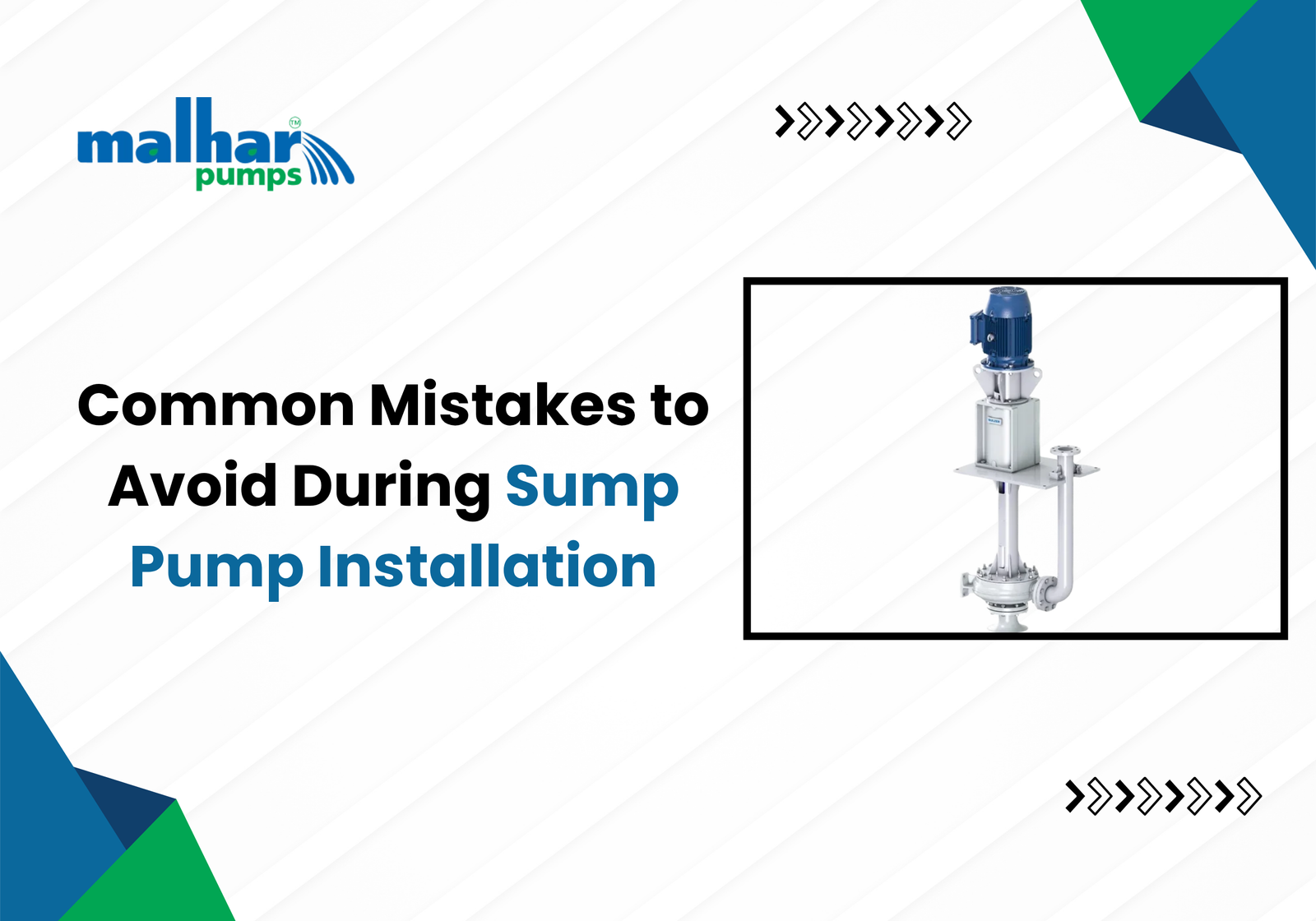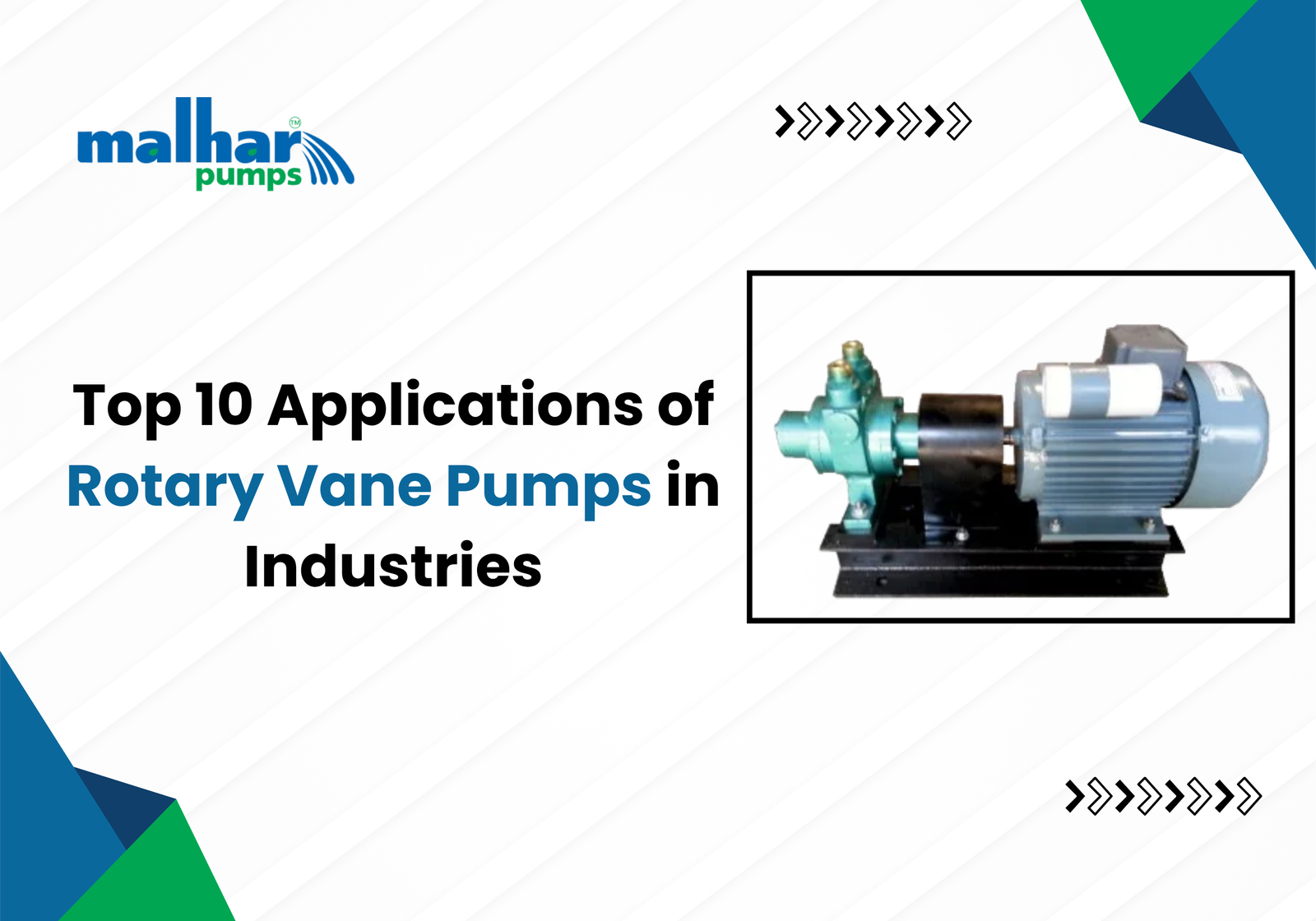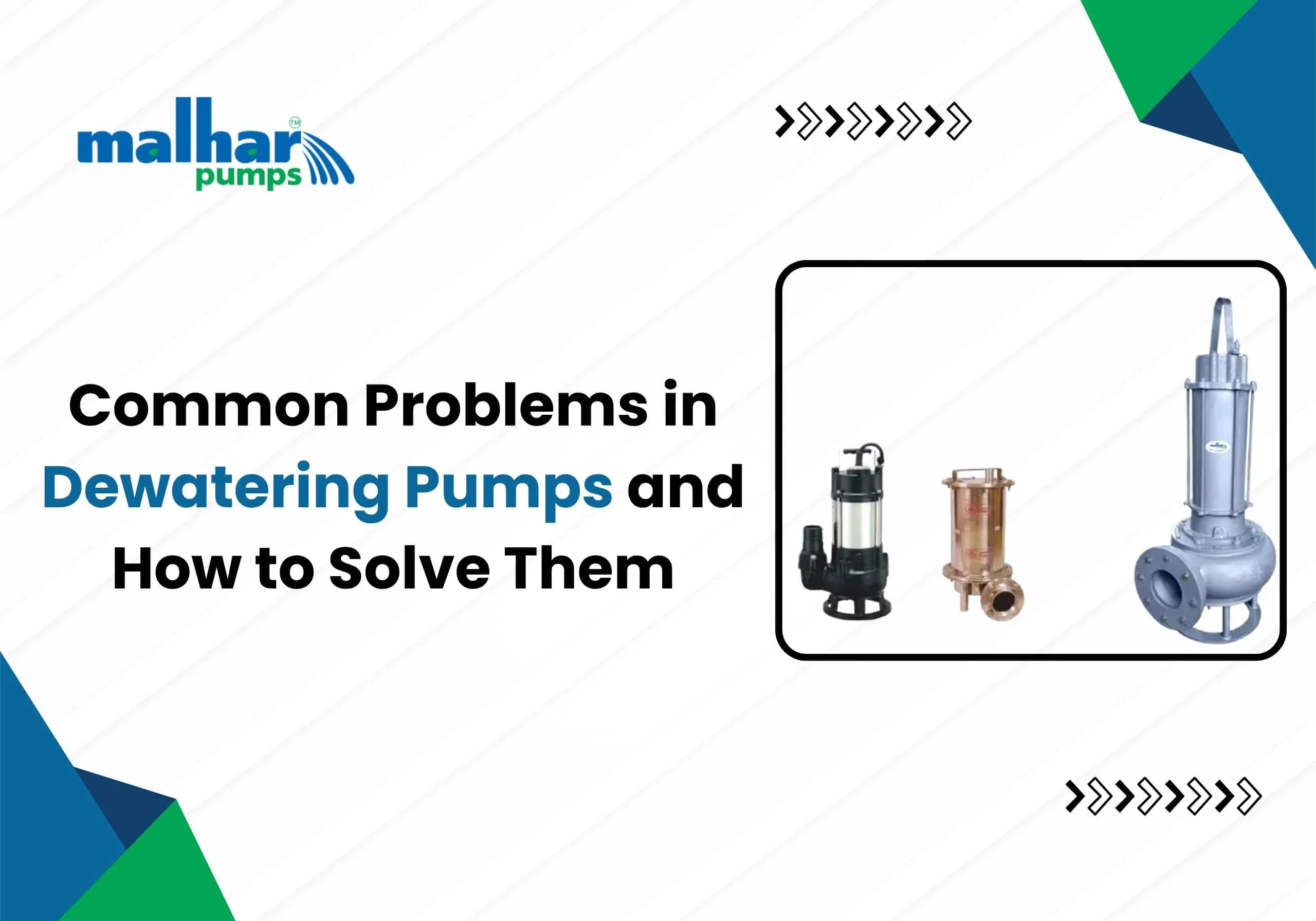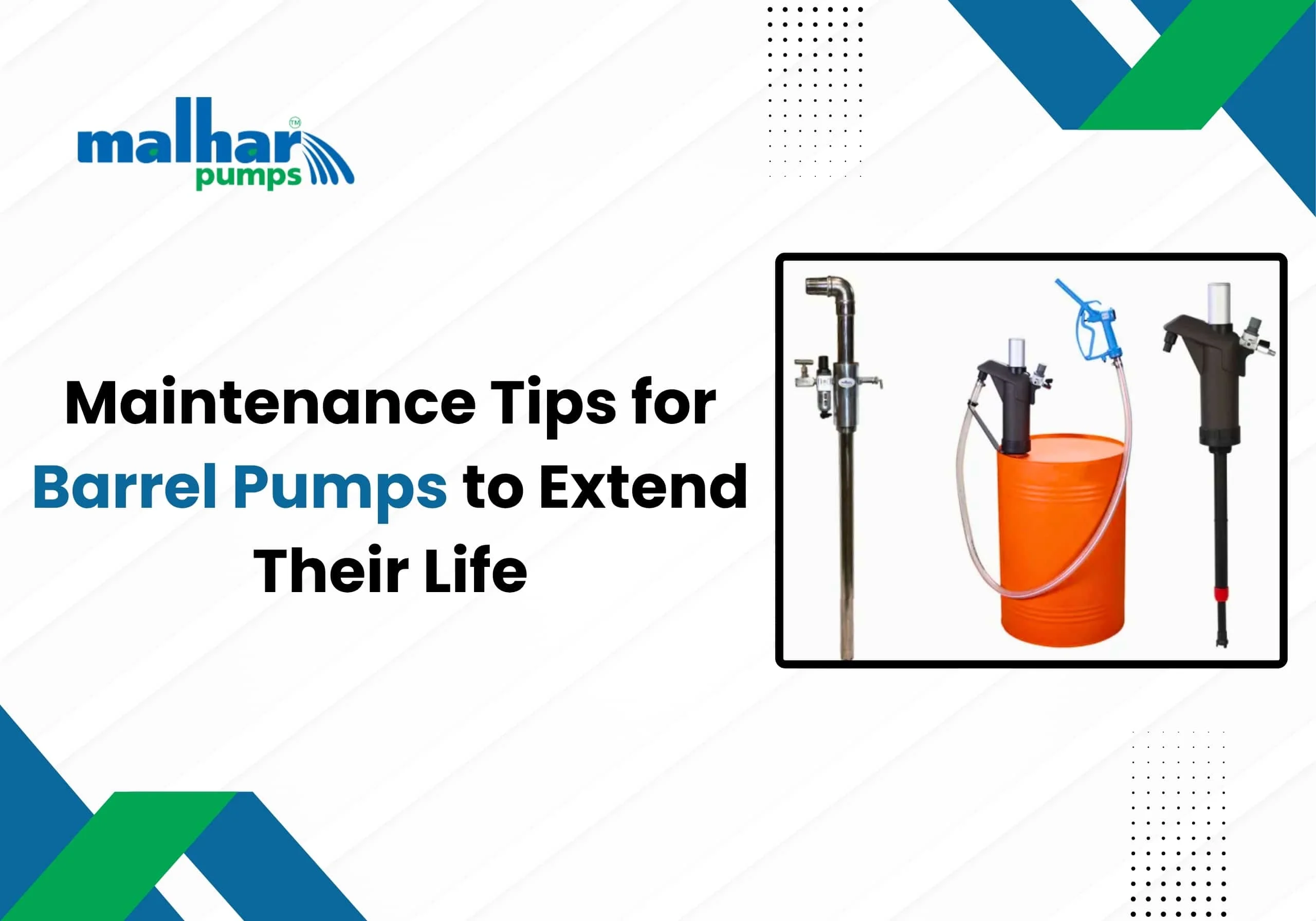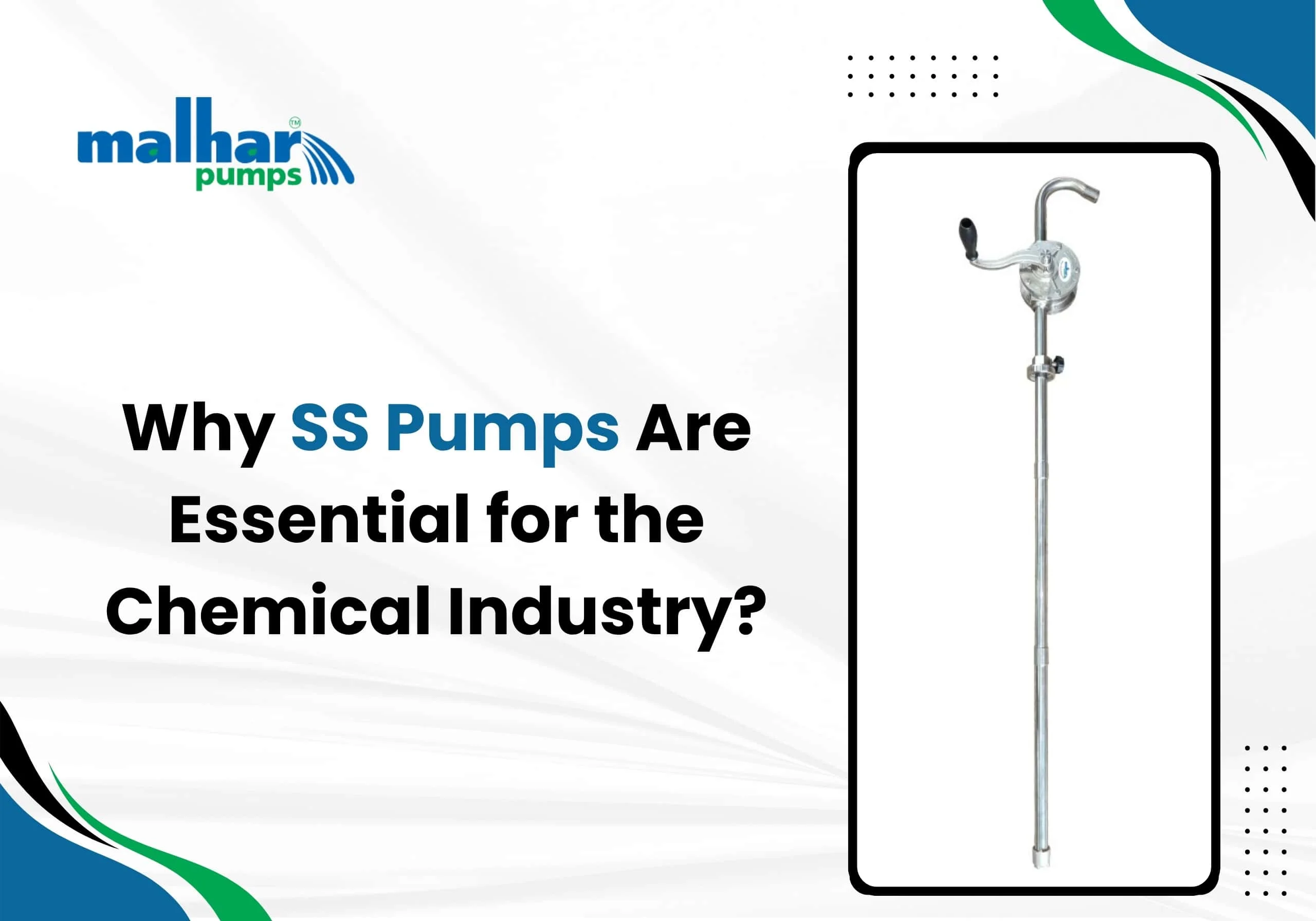You know that feeling when heavy rain hits and you suddenly remember your basement floods every time? Yeah, not fun. That’s exactly where a Sump Pump Installation can save you – quietly keeping your basement dry while you relax. But here’s the catch: even a small mistake during installation can turn that lifesaver into a headache.
Let’s face it, a great number of people do it without recognizing it. So today, we are going to discuss the most frequent mistakes during Sump Pump Installation that you should not make.
First, a Quick Reminder – What’s a Sump Pump Installation?
Before we start blaming the poor pump, let’s make sure we are all together. A sump pump is a small device that is located at the lowest part of your basement or crawl space. Its purpose? To collect and pump out water before it causes flooding.
Simple? Yes. But only if your Sump Pump Installation is done right.
Mistakes to Avoid Sump Pump Installation
1. Choosing the Wrong Pump Type
Let’s be real – not all sump pumps are made equal.
- Some are submersible (sit inside the pit), while others are pedestal (motor stays above the pit).
- People often pick one randomly, but that’s mistake number one.
- Submersible pumps are best for large basements and frequent flooding.
- Pedestal pumps work better in smaller spaces with lighter water flow.
So, to be frank, don’t just buy the cheapest one you see online. Pick what fits your basement’s size and water level.
2. Wrong Pit Size or Location
You’d be surprised how often this happens. People dig pits that are either too small or placed at the wrong spot. If the pit is too small, your pump will run constantly. Too large, and it won’t collect water properly.
Pro tip: The pit should be at the lowest point of your basement and about 18 inches deep and 24 inches wide.
Be kind to your pump – give it the right home.
3. Ignoring the Check Valve
This one’s classic. Many DIYers forget the check valve completely. The check valve stops water from flowing back into the pit after being pumped out. Without it, the water just returns, and the pump keeps running forever.
End result? Burned motor, wasted electricity, and a flooded basement. Jokes apart, it’s like trying to bail water with a hole in your bucket.
4. Poor Power Connection
Another mistake that’s more common than you think – connecting your sump pump to an unreliable or shared circuit. A Sump Pump Installation should always have a dedicated power outlet. And yes, use a GFCI (Ground Fault Circuit Interrupter) for safety.
Also, never – I repeat, never – use extension cords. They can overheat and fail right when you need the pump most. To be honest, spending a few bucks on proper wiring is way cheaper than repairing flood damage later.
5. No Backup Power or Battery System
You know what’s ironic? Most basements flood during power outages. And guess what – your sump pump won’t run without electricity. A lot of homeowners skip backup power, thinking it’s optional. It’s not.
Get a battery backup or even a water-powered backup system. It’s like having an insurance policy for your basement.
To be frank, it’s one of the smartest decisions you can make during Sump Pump Installation.
6. Not Testing After Installation
You’d think everyone would test their pump after installing it, right? Well, not really.
Many people just set it up, plug it in, and hope for the best. That’s risky. You should always test your sump pump before calling it a day.
Here’s a quick way:
- Pour a bucket of water into the pit.
- See if the pump activates automatically.
- Check if the water discharges properly.
- If it doesn’t? Fix it now – not when the rain’s pouring down.
7. Wrong Discharge Line Setup
Another big blunder – routing the discharge line too close to the house. When the pump sends water out, if it’s discharged near the foundation, it’ll just come right back.
So basically, you’re pumping water in circles. Always ensure the discharge pipe leads the water at least 10–20 feet away from your house.
Let’s be honest, it’s a small detail that saves huge problems later.
8. Skipping Routine Maintenance
Even the best Sump Pump Installation can fail if you never check on it again. A sump pump isn’t a “set and forget” system. You should clean the pit, test the float switch, and inspect for debris every few months.
To be real, it takes 10 minutes. That’s shorter than your favorite TV episode.
9. Not Checking Local Codes or Permits
Depending on where you live, your area might have certain plumbing or drainage codes.
Skipping this step can lead to fines or forced reinstallation.
A quick call to your local municipality or plumber can save you a ton of trouble.
10. DIY Without Proper Knowledge
Let’s be honest – YouTube makes everything look easy. But Sump Pump Installation needs some plumbing and electrical know-how. If you’re unsure, hire a professional. It’s better to invest a little now than to deal with a flooded basement later.
Quick Recap – Avoid These Mistakes:
- Wrong pump selection
- Incorrect pit size or location
- Omission of the check valve
- Unsafe electrical connection
- No power backup
- Testing skipped
- Bad discharge setup
- Maintenance ignored
- Breaking local codes
- Overconfident DIY mistake
Follow us on Facebook for more home maintenance tips and installation guides!
Subscribe to our YouTube channel for practical guides and expert tips on sump pump installation and home maintenance!
Conclusion
A sump pump, if it’s properly installed, becomes your basement’s best friend. One wrong step, and you might end up with a swimming pool where your floor used to be.
To be honest, Sump Pump Installation is not a very complicated thing to do, but it does require a little care, patience, and proper setup. So no matter if you are tackling it yourself or getting a professional, just keep in mind: A little extra effort now translates to a lot of stress saved later.
FAQs About Sump Pump Installation
- What’s the biggest mistake during Sump Pump Installation?
Let’s be honest, skipping the check valve is the classic blunder. It makes your pump work nonstop.
- How deep should a sump pump pit be?
Around 18 inches deep and 24 inches wide is ideal. To be frank, size does matter here.
- Can I install a sump pump myself?
Sure, but only if you’re confident with tools and wiring. Be kind to your basement — don’t experiment blindly.
- Do I need a backup battery?
Absolutely. Jokes apart, what good is a sump pump if it stops during a power cut?
- How often should I check my sump pump?
Every 3 to 4 months is fine. Pour some water in and see if it runs properly. Quick and easy.


